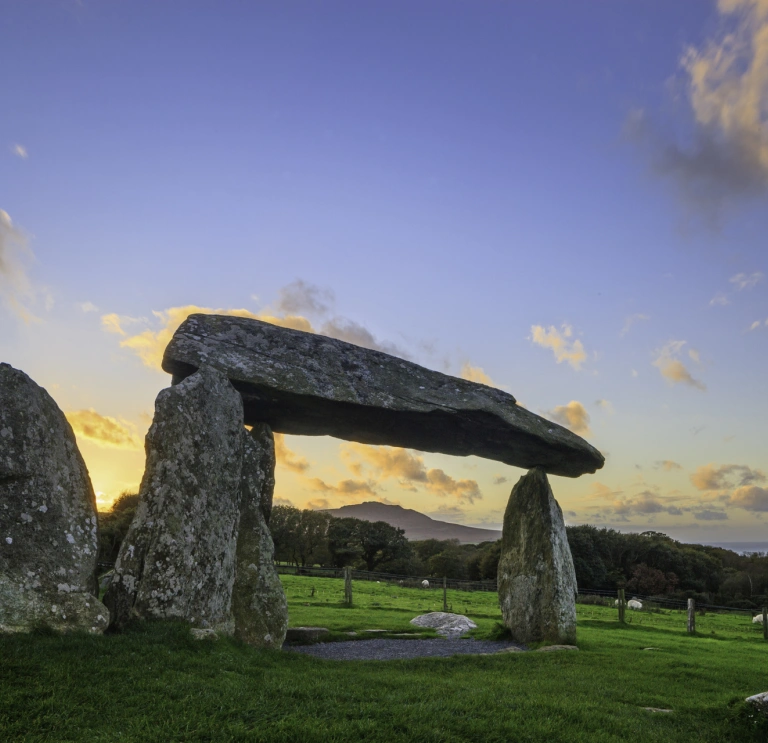Standing stones and tombs
Seek out Arthur’s Stone, near the village of Reynoldston on Gower. Shrouded in mystery, this rock might have been carved by astronomers or, in a slightly more fanciful suggestion, single-handedly launched across an estuary by the mighty King Arthur, lying there until it became a protected monument in the late 19th century. It's not the only place in the area laying claim to Arthurian heritage. Bedd Arthur (Arthur's Grave) is a Neolithic stone circle up in the Preseli Hills looking out over Carn Menyn / Carn Meini - the source of the Stonehenge bluestones.
Pentre Ifan, in north Pembrokeshire, is the site of the largest and most arresting set of Neolithic tombs anywhere in Wales, perched and stacked atop a grassy slope. Once the modern era had begun, it wasn’t long before battles began. Five miles away you can explore reconstructed roundhouses at Castell Henllys Iron Age Village and see how they lived back in the day through interactive exhibitions and guided tours. The site is a Scheduled Ancient Monument and archaeologists have been excavating this amazing site for many years.
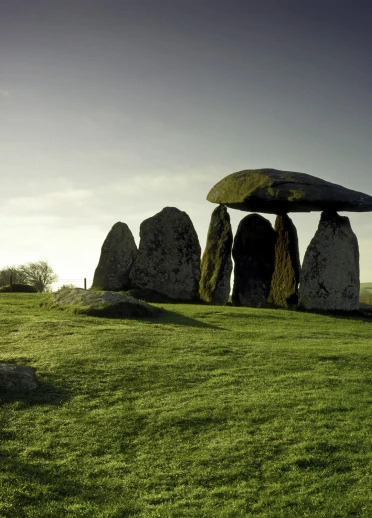
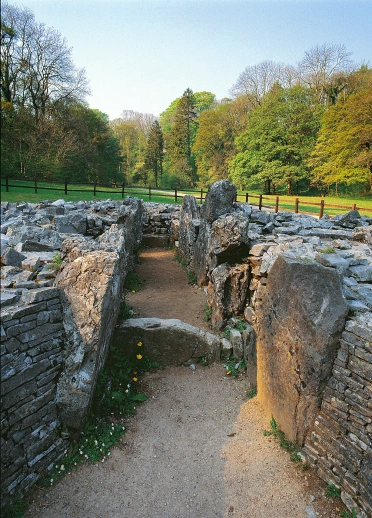
Carreg Coetan Arthur, in Newport (not to be confused with Coetan Arthur on St Davids Head) is of a much smaller scale. This dear little mushroom-like chamber is a favourite with visitors from all over the world.Signposted from the road that leads across the river bridge to the sands, it is an unexpected treat as it sits amongst houses cut off from the world in a small enclosure.
Heading back to Gower, Parc le Breos Burial Chamber is a partly restored Neolithic chambered tomb, around 70ft/21m in length. Discovered in the 1930s by workmen, the remains of around 40 people were found here, along with pottery and animal remains.
Discover more about the top prehistoric sites to visit in Wales.
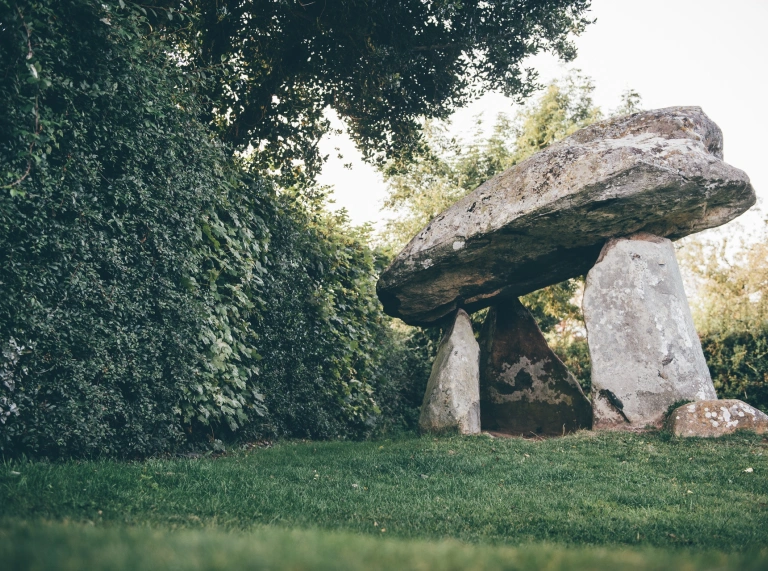
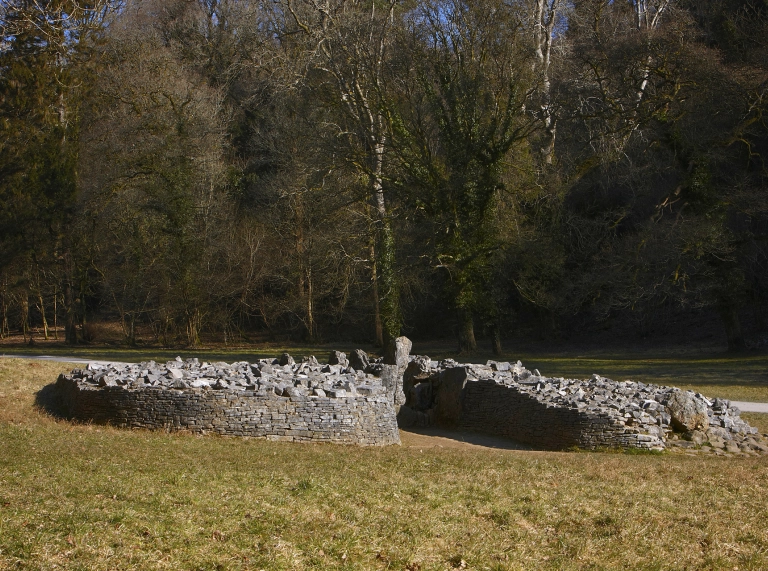
Romans, Vikings and Normans
From the 1st century AD, the Romans began conquering and settling in Wales. They were after the mineral wealth of the land and if you want to find out more check out Dolaucothi Gold Mine near Pumsaint in Carmarthenshire. Gold and copper were first mined 2,000 years ago and it's now a brilliant National Trust managed site where you can explore the mine shafts, pan for gold and explore the nature trails on the Dolaucothi estate. Carmarthen was the site of the Romans' main fort and you can still see the remains of the ampitheatre there.
While no-one knows for sure, the coastal city of Swansea is thought to take its title from the brilliantly named Sweyne Forkbeard, a Danish King with an unmistakably Viking tendency to invade other countries. Alternatively, it might have derived from the Old Norse name Sveinn and ey (island). There is evidence the Vikings raided/traded and settled along the West Wales coastline, with some Norse place-names still in use. Milford Haven, for example, is our version of Melrfjordr (melr – sandbank and fiordr - fiord).
At around the same time, Roger of Montgomery – a close ally of William the Conqueror – was laying down the first building blocks at Pembroke Castle. The glorious structure of the modern-day coastal castle where Henry VII was born owes much to its subsequent stone reworkings.
Mumbles, the beautiful seaside headland in Swansea Bay, has long been a site of intense archaeological interest, with diggers finding strong evidence of long-gone Roman settlers, not to mention a menagerie of bones – you’ll be following in the footsteps of Ice Age mammals with a stroll along the beach.
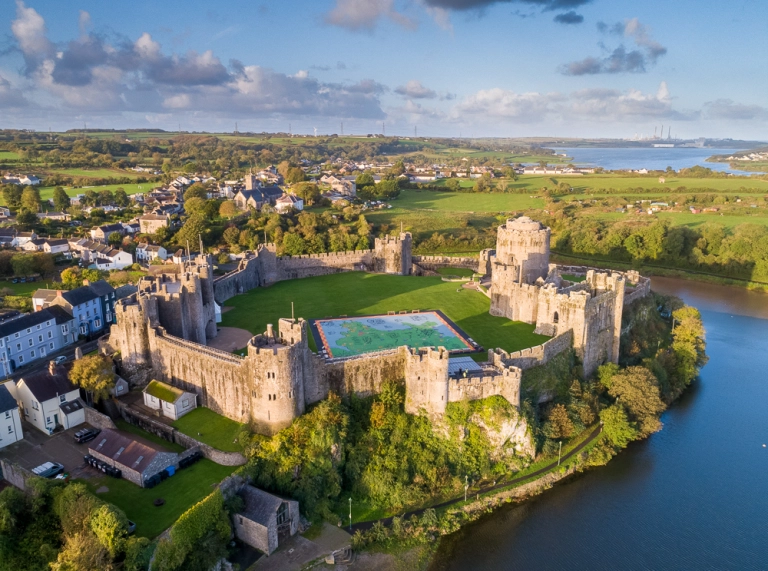
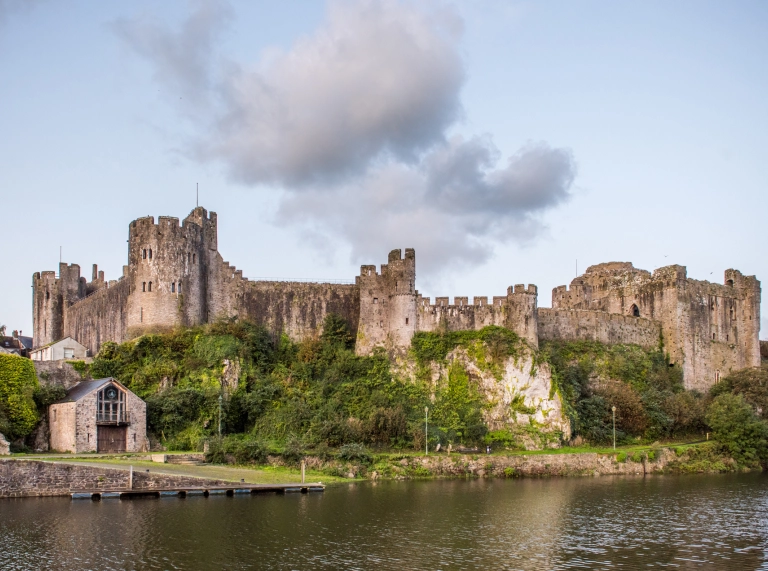
The Normans invaded Gower right at the end of the 11th century, and Swansea Castle was built shortly afterwards. The fortress was subject to numerous military struggles between the English and the Welsh, ending up in the hands of associates of Owain Glyndŵr, the last Welsh ruler to become the Prince of Wales more than 600 years ago.
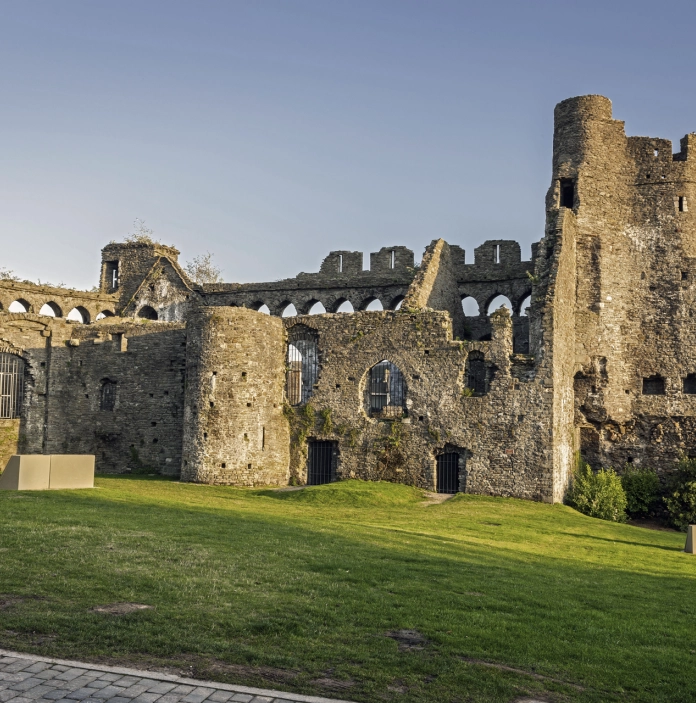
Maritime and industry
Wales was one of the first industrialised countries in the world. Rich in coal, copper, tin and slate, the Welsh valleys became a hive of industry bringing in workers from all around the world for work. Vast quantities of minerals were exported across the globe from the key ports in Cardiff and Swansea. From around the end of the 18th century, Swansea gained a reputation for industrial enterprise, and offering one of the finest tourist resorts in Europe. The numerous copper mines in the area meant Swansea became known as Copperopolis, while along the coast, Kidwelly was known for tin.
Head to the oldest museum in Wales, Swansea Museum, to find out all about its industrial past, or explore the National Waterfront Museum to discover the maritime history of Wales. The South Wales Miner's Museum near Port Talbot shares the industrial and social history of the Afan Valley, while Aberdulais tell the tales of Welsh tin mining.
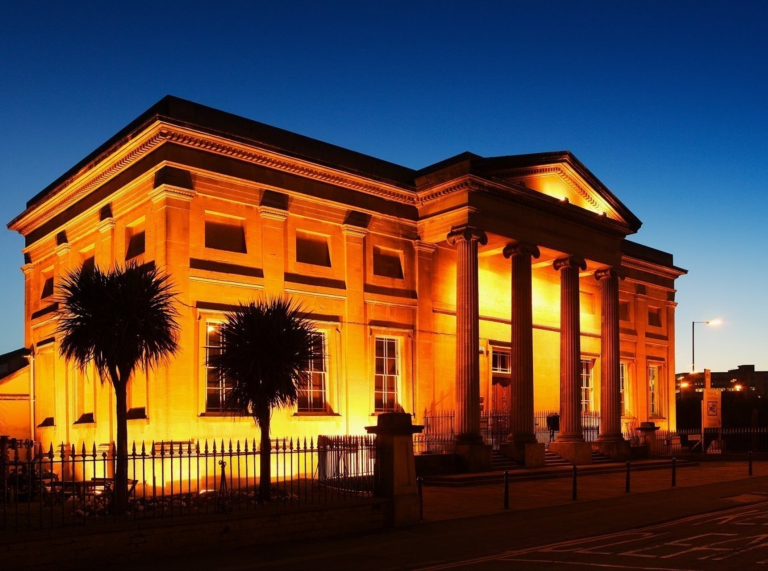
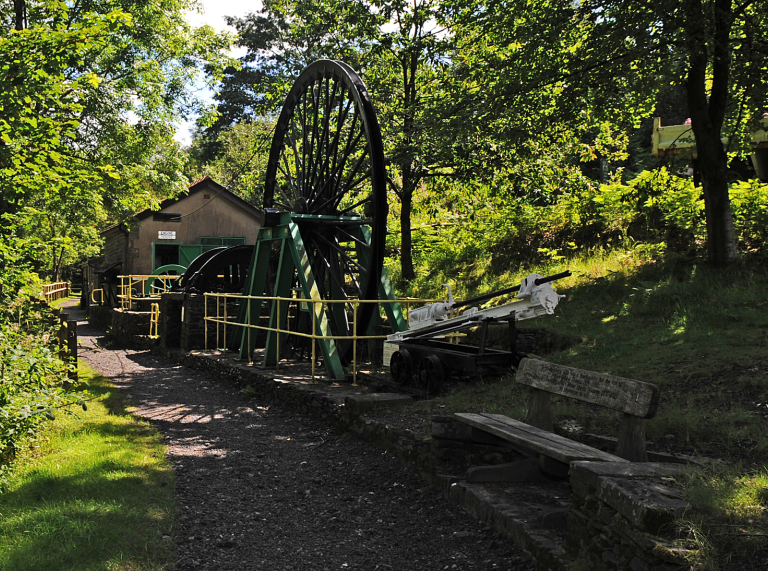
The seafaring story of Milford Haven also gives the town – and the spectacular surrounding Pembrokeshire Coast National Park – plenty of pages in the history books. Henry II and Oliver Cromwell both launched attacks on Ireland from here, although it later became a dockyard for the Royal Navy and an important commercial port. Milford Haven Heritage & Maritime Museum is your first port of call to find out all about it.
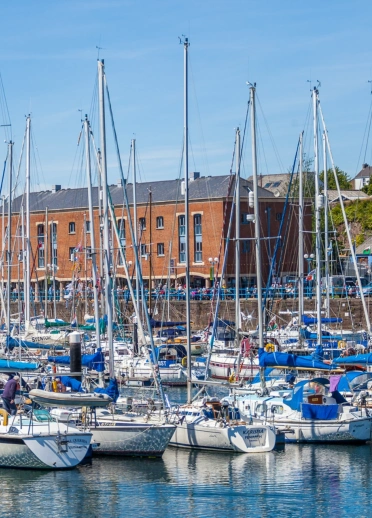
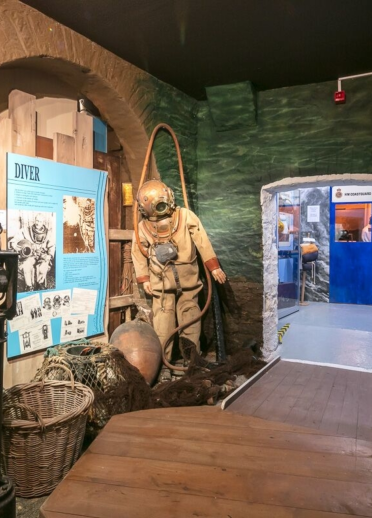
And on the tracks, trains have played a monumental part of this region’s story. Railway lines were built across West Wales to reach the main ports - for military, industry and commercial access plus bringing tourists to the beautiful coastal towns. You can still take the main line train across the bottom of Wales and take in the spectacular views of the river estuaries and coastlines. A trip on a preserved line, such as the standard gauge Gwili Steam Railway at Bronwydd near Carmarthen, is living history at its best.

Homes with history
A trip to West Wales isn't complete without a visit to at least one historical home. Stroll around the parklands and 19th century Tudor gothic mansion at Margam Country Park and see the 12th century chapter house. Take a glimpse at life circa 1912 at the hands on exhibition in Newton House in Dinefwr Park. Visit the historic Grade II* mansion at Aberglasney Mansion & Gardens and wander around the gardens that have been inspiring poets since the 15th century.

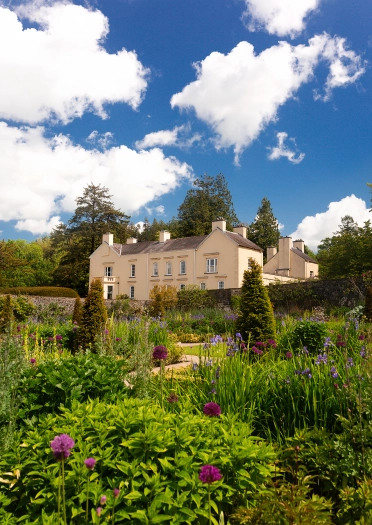
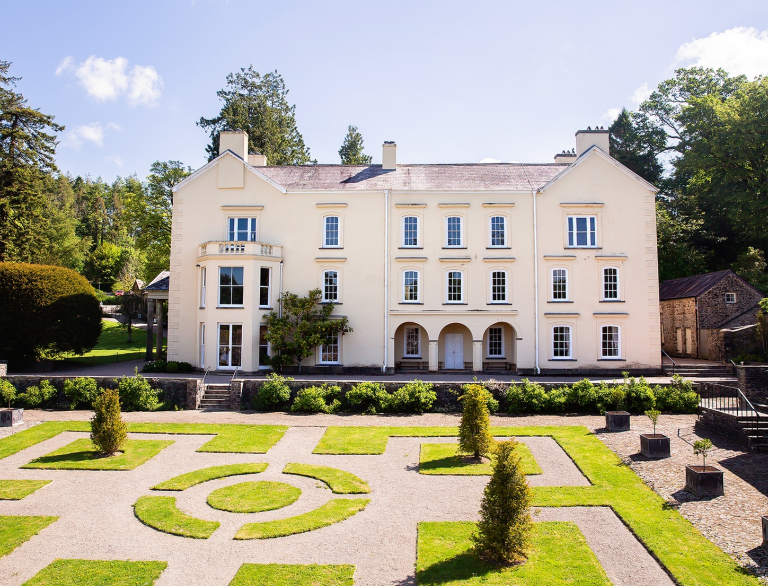
If you're a Dylan Thomas fan, you can visit many of the places associated with the poet, including his birthplace in Cwmdonkin Drive, Swansea. Take a trip to Laugharne. Enjoy a pint in Brown's Hotel and explore the 'brown as owls' Laugharne Castle.

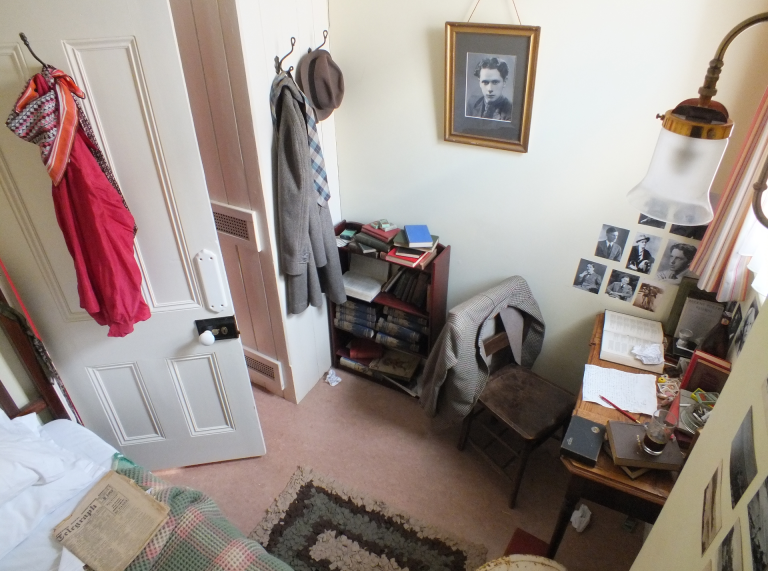
Carew Castle & Tidal Mill has a rich history, spanning 2000 years. Learn about the 23 acre millpond, castle with its Norman fortification and Elizabethan country house. Whilst in the area, head into the centre of Tenby to discover what life was like in the fine three-storey 15th century Tudor Merchant's House.


